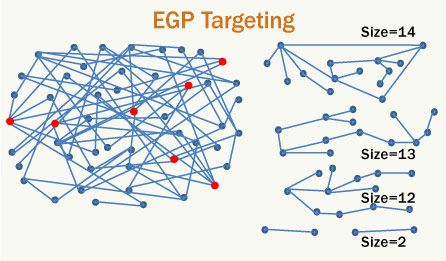Over 300 Women Share Experiences, Treatments for Painful, Common Chronic Conditions
CureTogether, a Health 2.0 Startup based in Silicon Valley, has released the first crowdsourced books on vulvodynia and endometriosis: two common, poorly understood conditions causing daily pain for millions of women. Assembled from the input of 190 and 137 women living with these respective conditions, “Vulvodynia Heroes” and “Endometriosis Heroes” are the product of an ongoing online research study at http://www.curetogether.com.
“Patients came together and decided what symptoms and treatments they wanted to track. They went on to diligently gather detailed, quantitative data on their bodies and experiences,” said Alexandra Carmichael, co-Founder of CureTogether. “The hope of this book is to spread awareness, reach out to people in pain who may not have heard of endometriosis, and increase interest and funding for future research.”
“These heroes are pioneers not just in investigating their own condition, but in developing self-cure practices that others can follow.”, said Gary Wolf, Contributing Editor of Wired and Blogger at The Quantified Self. “Many other women who are suffering will find this very helpful and inspiring,” said Elizabeth Rummer, MSPT at the Pelvic Health and Rehabilitation Center in San Francisco. A patient with endometriosis added, “This is great. I am just starting to really appreciate what awesome power CureTogether can have.”
Endometriosis is a painful chronic condition that affects 5–10% of women, and vulvodyna affects up to 16% of women at some point in their lives. They are two of the most active condition communities at CureTogether, with information about symptoms, treatments, and causes added by over 300 women. The books are available at http://www.curetogether.com/VHeroes and http://www.curetogether.com/EHeroes.
Continue reading “Crowdsourced Women's Health Books Released by CureTogether” »








